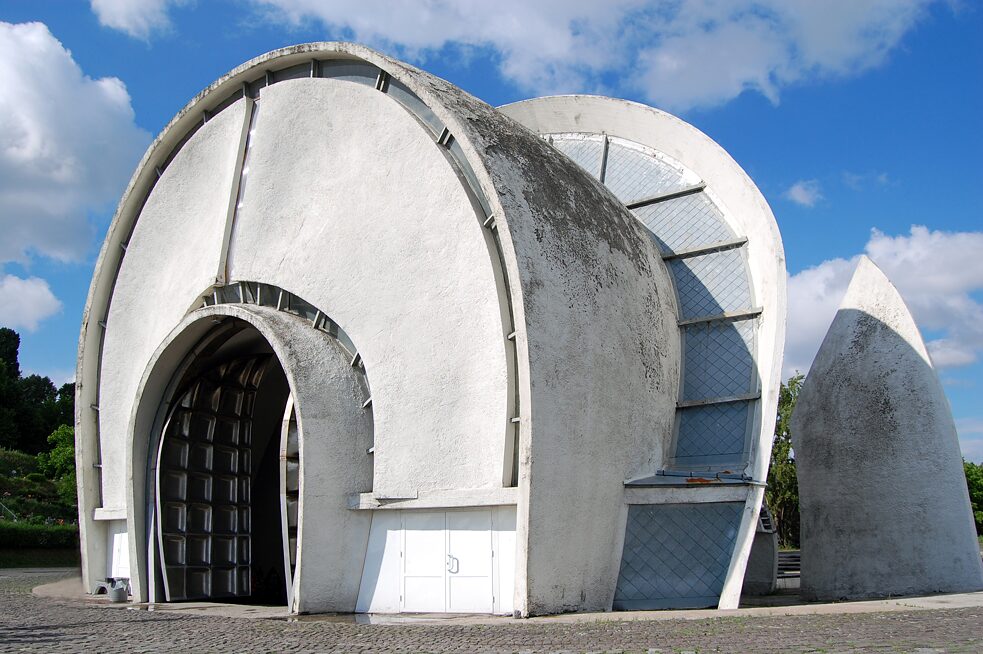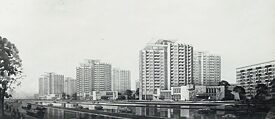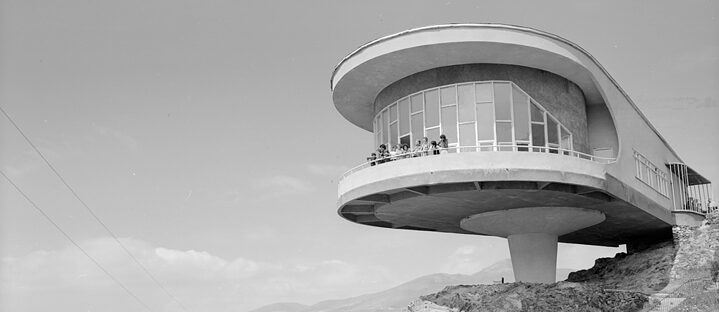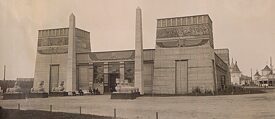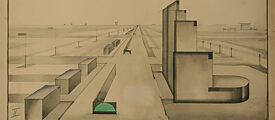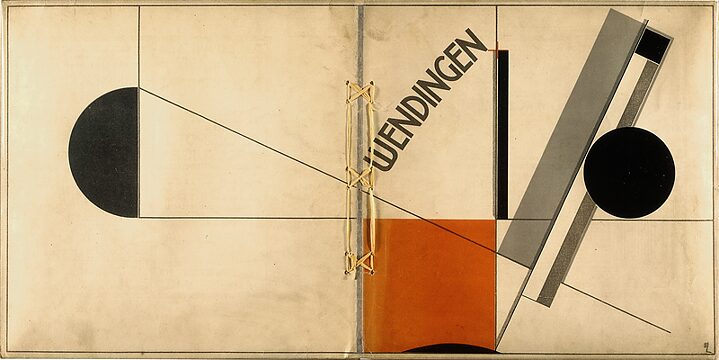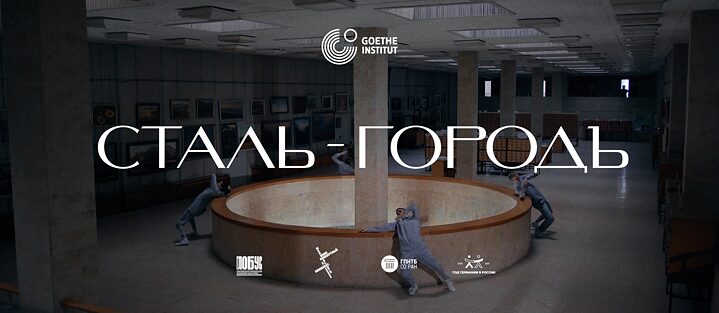Three manifesto projects: these are developments from three architectural periods — constructivism, post-war modernism, and post-modernism. Some are unrealized, some are partially realized, and some are unrealized. These three projects are concepts of transformation of the utopian and fantastic into the realistic.
Re-reading Soviet Modernism:
The past, present and future of Socialist Modernist Architecture
Symposium in the frames of Keeping it Modern program by Getty Foundation, Yerevan, 2017

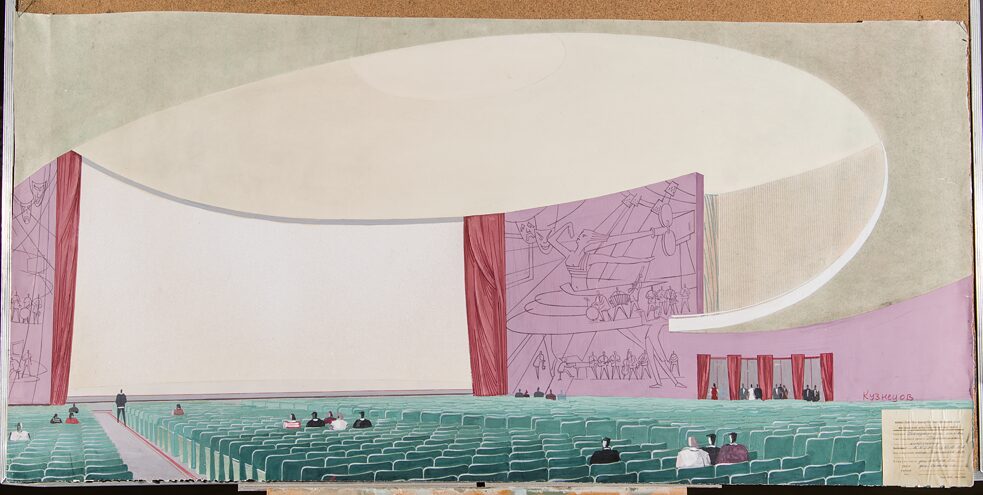
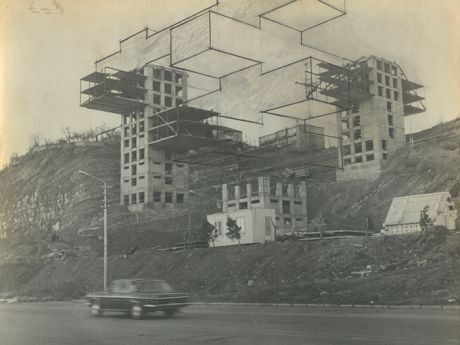
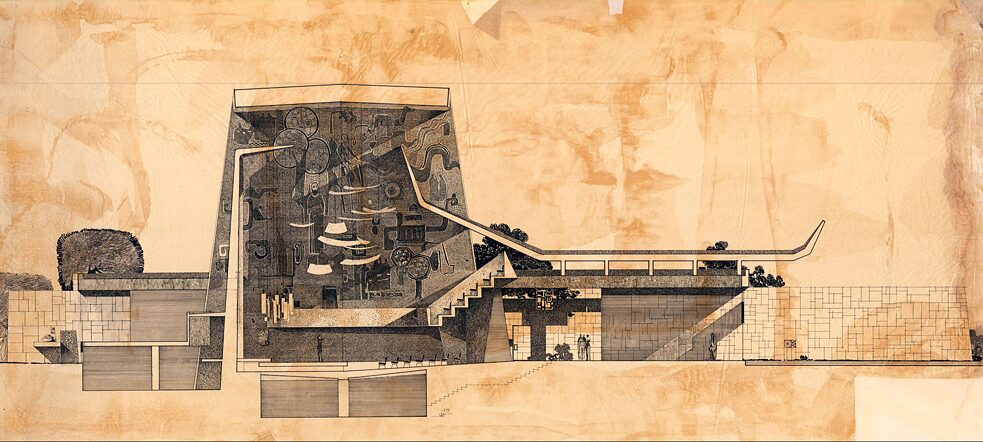
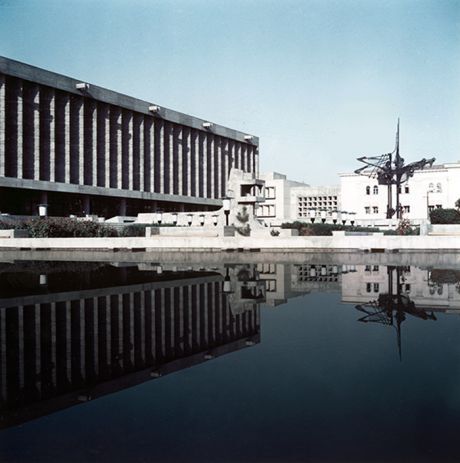
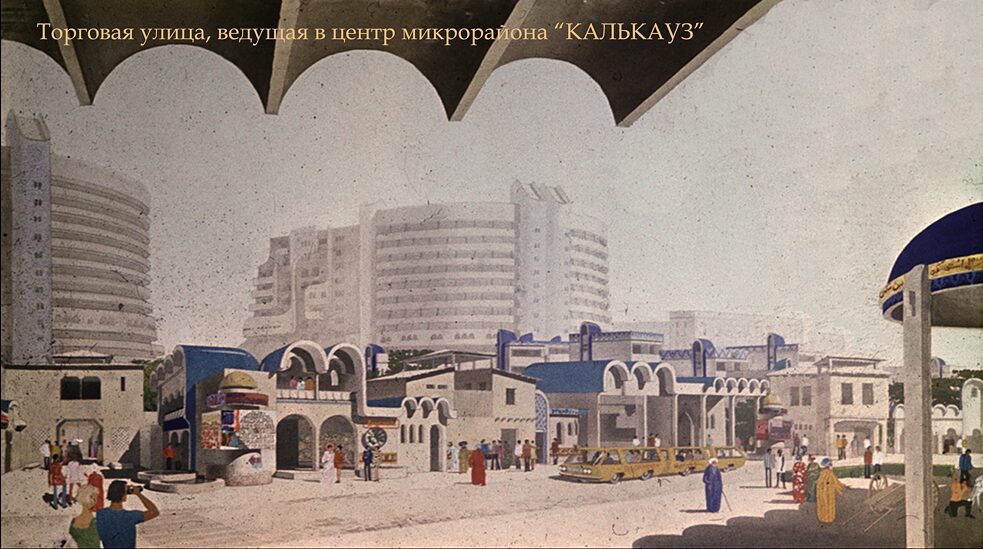

![Augustitorm Arhitektuuris [August Storm in Architecture], Avo-Himm Looveer, 1982](/resources/files/jpg953/augustitorm-arhitektuuris-formatkey-jpg-default.jpg)
